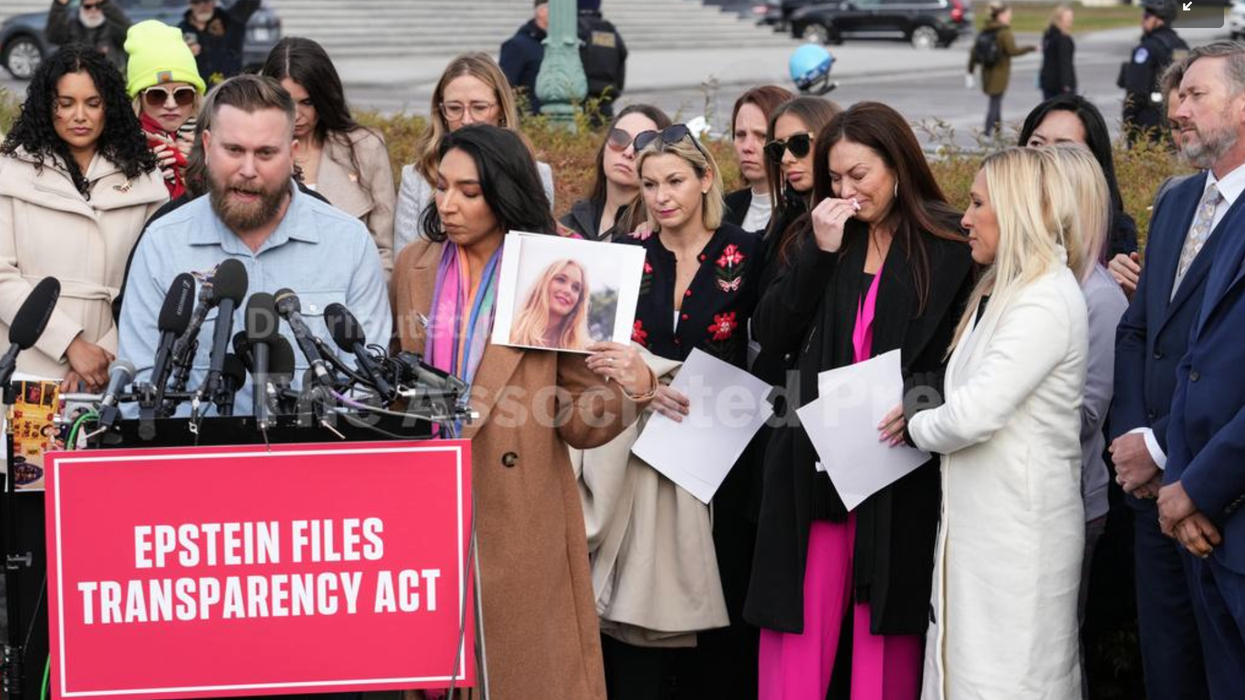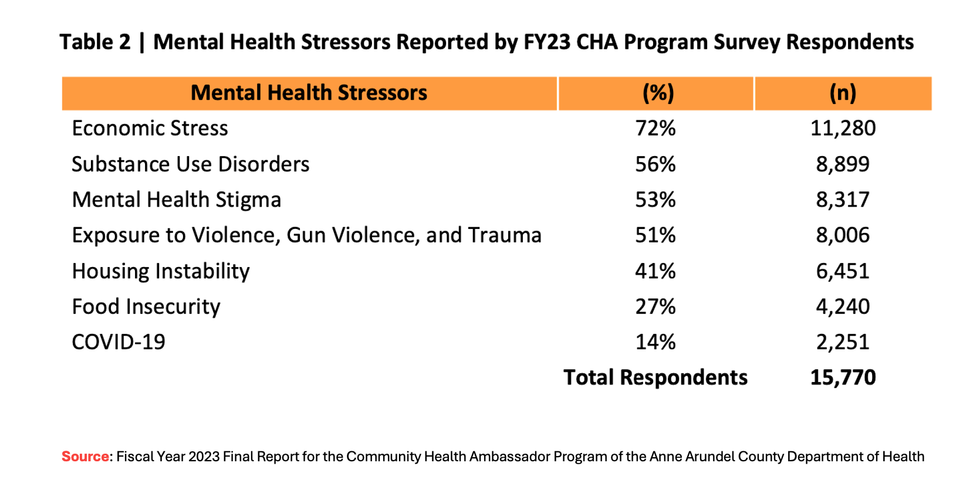Nevins is co-publisher of The Fulcrum and co-founder and board chairman of the Bridge Alliance Education Fund.
Diversity, equity and inclusion are words that excite passion on all sides of the political spectrum. Yet as so often happens when passions are aroused, the possibility of having a meaningful discussion with any semblance of the critical thinking required to understand the complexity of the subject is virtually impossible.
I recently read an op-ed in The Wall Street Journal entitled DEI Spells Death for the Idea of a University in which the author Matthew Spalding made this statement:
Diversity is no longer a term to describe the breadth of our differences but a demand to flatter and grant privileges to purportedly oppressed identity groups. Equity assigns desirable positions based on race, sex and sexual orientation rather than character, competence and merit. Inclusion now means creating a social environment where identity groups are celebrated while those who disagree are maligned.
Reading the above I am reminded of the straw man fallacy in which the perpetrator superficially and most often inaccurately represents the opponent's position in order to refute it. Espousing straw man fallacies are so much easier than addressing the core issue of discrimination.
Let’s break down these statements separately to better understand the argument. First the statement related to “diversity” and the second related to “equity” and lastly “inclusion” with the goal of opening our minds to the complexities of diversity in the workplace, in our communities and in our lives.
The assumption that diversity means a flattering, or a granting of undeserved privileges most often comes from a place of fear of change or resentment that our future no longer represents the world of the past. This fear and the desire to return to the past in which those in power were predominately white men is anathema to our nation’s motto of E pluribus unum: Out of many, we are one.
America is exceptional because our founding documents outlined an ideal of how people could govern themselves. This is the dream to take the diverse many and make them one. Fulfilling this dream whether in our schools, the workplace or in our lives is an asset that recognizes the individual strengths we possess will be amplified if diverse backgrounds are equally included in the process.
The second statement that “ Equity assigns desirable positions based on race, sex and sexual orientation rather than character, competence and merit,” is a perfect example of what is called a false dichotomy fallacy. This logical fallacy takes a complex topic and falsely asserts there are only one or two possible explanations, when in fact many more explanations exist. While I have no doubt that some individuals and institutions define equity in a manner that is not based on character, competence or merit, this is hardly the predominant practice that research shows is the case. The term equity by many, including myself, simply means bringing fairness and justice to institutions and the workplace by providing equality of opportunity. It is in the best interest as a nation to see equity as an operating system, not a quota. How long it will be until our hearts and minds catch up with the reality of the diverse population that is America today is one of the greatest challenges facing us.
The third statement that “ Inclusion now means creating a social environment where identity groups are celebrated while those who disagree are maligned,” seems to be a red herring logical fallacy; diverting attention from the real issue by focusing instead on a pretense having only a surface relevance to the matter being discussed. Of course, as in any of the great issues we must face as a nation, there are some proponents who vilify anyone disagreeing with them to advocate their position. These people who vilify others to denigrate their opponents must be called out. We the people must disallow propagandist tactics from being rewarded.
The issues of diversity, equity and inclusion lead to a just society. They are too important for we the people to allow the ideologues and zealots, whether on the left or the right, to dominate the conversation with arguments that attack the motives of those on the other side rather than directly addressing the issue. Lasting solutions require acknowledgement of multiple perspectives and stakeholders in decision-making.
We must be alert to the use of the debate techniques of division and unsubstantiated opinion that radically alters the tone and the character of the debate to the extent that any common ground is impossible. We must see through the rhetorical tactics and listen carefully for exaggeration, guilt by association and confusing correlation with causation arguments. (I.e., two things may be related, but not necessarily in a cause and effect way.)
A perfect example is occurring now in Florida as Governor Ron DeSantis uses the red herring fallacy to pass “Anti-Woke” legislation by saying, “We won’t allow Florida tax dollars to be spent teaching kids to hate our country or to hate each other. We also have a responsibility to ensure that parents have the means to vindicate their rights when it comes to enforcing state standards. Finally, we must protect Florida workers against the hostile work environment that is created when large corporations force their employees to endure CRT-inspired ‘training’ and indoctrination.”
Fortunately, a Florida judge strongly responded with an injunction and at the same time referenced George Orwell’s 1984 when he said:
“‘It was a bright cold day in April, and the clocks were striking 13,’ and the powers in charge of Florida’s public university system have declared the state has unfettered authority to muzzle its professors in the name of ‘freedom,’” He went on to say “Defendants argue that, under this act, professors enjoy ‘academic freedom’ so long as they express only those viewpoints of which the State approves. If our ‘priests of democracy’ are not allowed to shed light on challenging ideas, This is positively dystopian.”
The issues facing our nation are far too serious to be left to the seekers of political advantage. I realize that addressing the issues of diversity, equity and inclusion is complex. I understand that in the world of today’s politics it is easier for the politicians on both sides to use fearful and hateful rhetoric to rally their constituencies. This is why as a nation, we must face the issues that have divided us for over 200 years. We must understand that this messy and frustrating process of democracy will only work if We the People rise above the politics of division and separation.
If we do not do so as Judge Walker states, “our democracy will die in darkness.”
It is our responsibility as citizens to rise about infighting and demagoguery. Our national challenges and problems are earnest, urgent and serious. Thomas Jefferson recognized that democracy was born from discourse and discussion, and that such resulting discussion would be replete with differing perspectives and opinions.
For our Republic to survive ideological differences, we must lead with inquiry, and move from inquiry to truth.
Each one of us must take it upon ourselves to foster the habits of open mindedness and critical inquiry within ourselves.




















